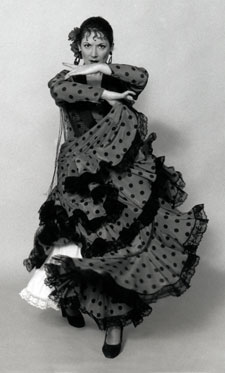
Have just gotten the Victoria & Albert Museum's reissue of classic Hollywood costumer Edith Head's How to Dress for Success
To my great surprise, she has something to say about the Playboy Bunny:
The key figure in these key clubs is the Bunny, official name for the exotic handmaidens (you just can't call them waitresses) who welcome and serve the customers and take those photographs that are proudly shown off back home or furtively destroyed as incriminating evidence.
A Bunny can't look like an ordinary mortal--and she doesn't. Every Bunny is custom-fitted with rabbit ears and a thigh-high satin costume that combines all the best--and I mean the best--features of a glamorous corset and a brief swimsuit. Well, in fitting these outfits some very intersting figures have come to light, in more ways than one.
It was soon discovered that Miami Bunnies are tiny, averaging size eight and wearing a B-cup bra. Chicago Bunnies have the biggest derrieres of those yet covered by the Clubs, and New Orleans Bunnies wear C-cup bras and are big all over.
Observations: a 60s eight would equate to a contemporary American four, British six. Small indeed, but nowhere near the 0-2 expected of today's Hollywood starlets. And isn't it something these ultimate sex symbols of mid-century America could be "big all over" and still get the job! Playboy: you had it right the first time. Viva the original Bunnies!






























